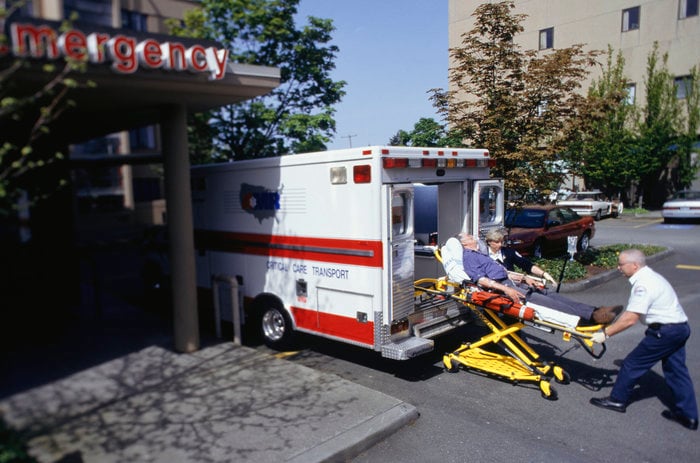
It’s a Sunday morning and shift has just begun. You’re chatting over coffee with your coworkers as the new rookie stumbles through the door, arms loaded down with brand new gear and a shiny, unmarred helmet atop his head. You’re whisked back to your first day on the job. Has it really been ten years? How did so much time pass without you noticing?
For those who have been in the field for a while, think back to how EMS equipment has changed during your tenure. New technology, new materials, and the incorporation of computers into almost every aspect of EMS gear has produced more efficient, sophisticated, lightweight tools for paramedics to utilize in patient care.
And yet it’s still a good idea to take a step back and rethink your equipment from time to time. Can we streamline our gear? Are there certain items that are rarely if never used? If so, are they critical first-line components? Emergency response is all about efficiency. How fast can we reach the patient? What will we need to initiate treatment? And one of the most important items for expediting good patient care is a well-stocked trauma bag.
What to Include?
Instead of going item-by-item through a trauma bag checklist, let’s discuss the general categories that should be included in planning your bag. Yes, there are certain items every bag should contain, such as a bag valve mask, trauma dressings, and airway adjuncts. But how you stock your bag will vary based on the physical properties of the bag and the associated equipment you carry with you on scene.
- How big is your bag?
- Are there plenty of personnel on scene to carry a multitude of bags (cardiac, pediatric, airway…)
- How much should your bag weigh? (Important when dealing with off-road rescues)
These are just a few of the questions that will determine the type and amount of gear you include in your trauma bag.
Food for Thought
Below are the general categories that should be included in a well-planned trauma bag. Get together with your fellow EMS responders, and collaborate on the bag’s contents. Broader input from your coworkers will result in a more thoughtful approach to equipment selection. No, not everyone will get exactly what they want, but through consensus, you can decide just what types of equipment should be included under each category.
Assessment Tools – make sure you include everything you will need to perform a thorough patient assessment.
Trauma Dressings – include the essentials you will need to stabilize traumatic injuries and control bleeding.
Respiratory Equipment – probably your most important category, so make sure you have the necessities to secure a patent airway ASAP and don’t forget the portable suction unit!
Personal Protection – remember, protecting yourself is your FIRST priority!
Specialized Options – depending on the type of system in which you work, how much you want to do on scene, and how much you want to carry, these can include:
- Cardiac – ASA, nitro spray, IV equipment
- Pediatrics – assessment tools and IO setup
- Medications – such as glucose or first-round code drugs
- Immobilization Devices – assorted C-Collars, splints
Depending on the size of your bag and your goals for on-scene patient stabilization, there are endless possibilities to stocking a trauma bag. Although some of the contents will be dictated by departmental and regional protocols, you and your co workers can collaborate on the bag’s planning, and ultimately produce a well thought out first line tool for excellent patient care.














